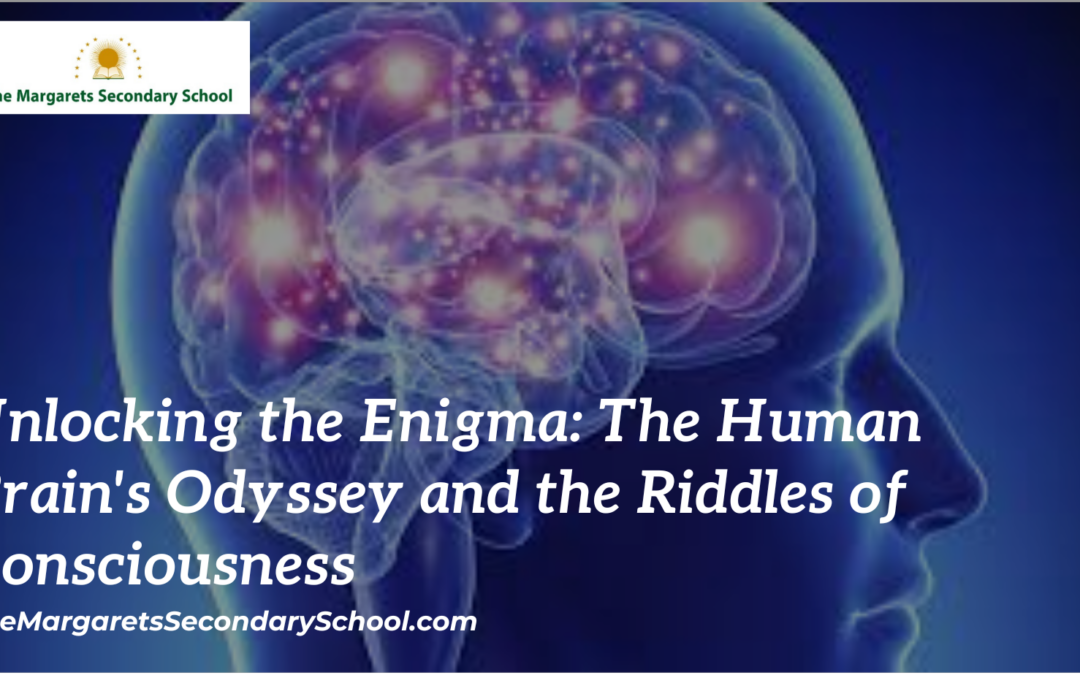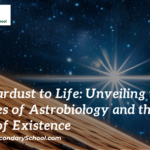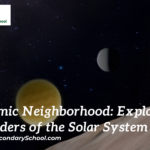The Human Brain and Consciousness
The human brain, that three-pound mass of intricately connected neurons, is arguably the most complex structure in the known universe. Yet, within its convoluted folds lies an even greater mystery—the nature of consciousness. As we journey through the remarkable landscape of the brain’s architecture and explore the elusive realms of consciousness, we find ourselves at the crossroads of science, philosophy, and wonder.
The Brain’s Intricate Architecture
Trillions of neurons intricately wired together form the brain’s vast network, allowing it to process information, make decisions, and orchestrate complex functions. Divided into regions each with specific roles, the brain is a symphony of activity, where electrical signals dance and chemicals transmit messages, crafting our thoughts, emotions, and memories.
Mapping the Mind: Brain Imaging and Neurology
Modern neuroscience has made significant strides in understanding the brain’s functions. Advanced imaging techniques like MRI and fMRI enable us to peer into the living brain, observing its activity in real time. Neurologists unravel the mysteries of brain disorders and injuries, piecing together the puzzle of how specific regions influence movement, language, perception, and more.
Consciousness: The Ultimate Enigma
While we have gained insights into the brain’s mechanics, the nature of consciousness remains a perplexing enigma. What is consciousness? Where does it arise? How do neurons firing give rise to subjective experiences? These questions continue to baffle scientists, philosophers, and thinkers alike.
Theories of Consciousness: From Materialism to Panpsychism
Numerous theories attempt to bridge the gap between neural activity and conscious awareness. Materialism proposes that consciousness emerges from complex neural interactions. Panpsychism suggests that consciousness is a fundamental aspect of the universe, even present in simpler forms of matter. While these theories offer perspectives, the true nature of consciousness remains elusive.
The Binding Problem and Unity of Consciousness
One of the brain’s most fascinating puzzles is the “binding problem.” How does the brain integrate information from different senses and regions into a seamless experience? This unity of consciousness poses profound questions about the brain’s ability to create a coherent sense of self amidst the diverse streams of sensory inputs.
Altered States of Consciousness and AI Ethics
Exploring altered states of consciousness, whether through meditation, psychedelics, or other means, opens doors to understanding the brain’s flexibility and the boundaries of our perception. Additionally, the rise of artificial intelligence raises ethical questions about machine consciousness, posing philosophical dilemmas about what it means to be conscious.
The Unending Quest for Understanding
While the mysteries of the human brain and consciousness persist, the journey of discovery continues. Neuroscientists delve into the brain’s intricacies, philosophers ponder the nature of awareness, and interdisciplinary efforts illuminate new pathways of understanding. As we unravel the brain’s complex tapestry and strive to grasp the essence of consciousness, we embark on a quest that enriches our understanding of both ourselves and the universe we inhabit.
Conclusion
The human brain, a marvel of complexity, and consciousness, an elusive and profound phenomenon, intertwine in a dance of scientific inquiry and philosophical contemplation. Our exploration of the brain’s mysteries and the nature of consciousness is an exploration of what it means to be human, to wonder, and to seek understanding in the face of the unknown. As we uncover the secrets of this intricate enigma, we inch closer to understanding the very essence of our existence.





